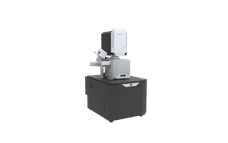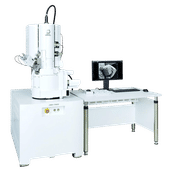UK scientists help museum curators to determine Viking trade routes by the metal in their swords
Advertisement
Scientists at the National Physical Laboratory (NPL) in Teddington have worked with the Wallace Collection to analyse the contents of Viking swords – and the results shed new light on trade routes in the middle ages. Curators at the collection were researching the steel structure of ancient swords to find out more about where they had come from. To achieve this, they needed to analyse examples of ancient weapons to determine their carbon contents – those with very high carbon were likely made with crucible steel, which was only available in India and Central Asia.
Standard metallographic techniques that compare samples with published atlases of alloy microstructures were unable to determine the carbon contents of Viking-age swords. Instead the Wallace Collection relied on the experts at NPL to come up with another way of assessing the samples. NPL used a highly calibrated Scanning Electron Microscope to determine the carbon contents of the steel samples provided. It analysed very small specimens (1mm in diameter) from Viking-age swords obtained from various museums in Norway and Finland.
The results showed that the swords were made of imperfectly melted steel - consisting of a mixture of iron and carbonaceous materials heated together to give high-carbon steel. NPL's results match descriptions of ancient sword making in Herat (now in Afghanistan) described by ninth century Arab philosopher and writer Al-Kindi. This links to a known Viking trade route down the Volga and across the Caspian Sea to Iran but until now it was not known that Vikings had brought crucible steel back to Scandinavia and integrated ancient Arab steelmaking methods with their own swordsmithing.
"Our role at NPL was to use our measurement expertise to analyse tiny fragments of Viking swords and determine the source of the steel used by the Vikings to make them. Standard methods using atlases of microstructures to compare optical images with an image in a book, is a difficult method to use, it is subjective and prone to generalisations. By mixing scientific expertise with a top of the range Electron Microscope we were able to provide a quantifiable value, rather than the standard qualitative approach of using an atlas, and enlighten our understanding of trade in the middle ages."
























































